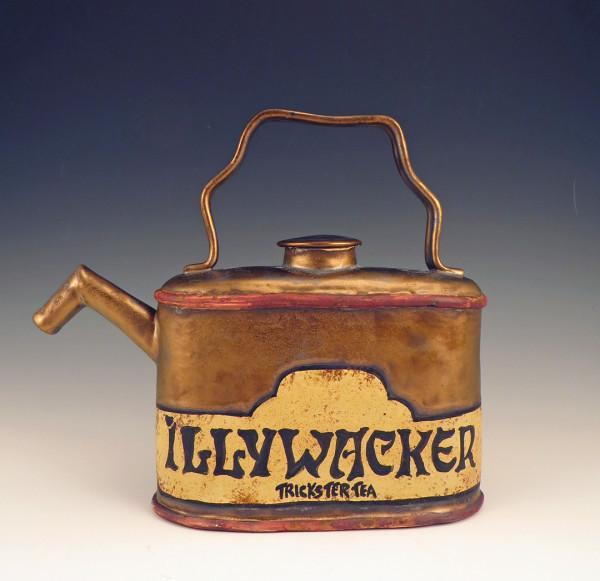
5 insurance tips for artists

As a professional artist, you have invested your time, money, blood, sweat and tears into your work. Is he protected? If you're not sure, then the answer is probably no (or not enough). Luckily, this is easy to fix! Two words: art insurance.
Instead of risking your earnings, buy the right art insurance policy for peace of mind. That way, if disaster strikes, you'll be prepared and able to spend your time doing what really matters: creating more art.
Whether you're new to art insurance or just looking to add a few new items to your existing policy, here are five tips to navigate the waters of art insurance:
1. Take pictures of everything
Every time you create a new piece of art, the first thing you should do is take a photo of it. Every time you sign a contract, or sell a piece of art and earn a commission, or buy art supplies, take a picture. These photographs will be a record of your collection, your expenses, and possibly your loss. These photos will be proof of the existence of art if something happens.
2. Choose the right insurance company
Not all insurance companies are created equal when it comes to art. Do your research and choose a company that has experience in insuring art, collectibles, jewelry, antiques, and other "fine art" items. If something happens, they will be more experienced in handling art claims than your average insurance company. They know how to appreciate art and how the art business works. Believe me, it will make your life easier.

3. Buy as much as you can afford
Being a professional artist has many exciting benefits - you have creative freedom and you can live your passion. However, sometimes finances can be tight. If you're trying to cut corners, don't skimp on insurance - buy as much as you can afford, even if it doesn't cover your entire collection. If there is a flood, fire or hurricane and you lose everything, you still get some compensation (which is better than nothing at all).
4. Read the fine print.
It's not exactly exciting, but your insurance policy is required reading! Take the time to read your policy with a fine comb, including the fine print. A good exercise to do before reading your politics is to brainstorm doomsday scenarios: what bad things could happen to your art? For example, do you live close to the coast where a hurricane is possible? What about flood damage? What happens if something gets damaged along the way? Once you've made your list, make sure you're covered for everything. If you are not sure about the correct language, do not hesitate to contact the insurance agency for a translation of the insurance jargon.
Artist Cynthia Feustel
5. Keep a record of your work
Remember those photos you take with your art? Organize your photos in . In the event of a problem, regardless of whether the item was damaged or stolen, you can easily open your profile and show your entire collection. In the profile, include any additional information that directly speaks to the value of the work, including the cost of creation and the selling price.
Keep your artwork safe and sound. Sign up for a 30-day free trial of Artwork Archive.
Leave a Reply